The Cuban mangrove forest is still an unknown world concealing biological mysteries and treasures which will astonish the world; a forgotten paradise ruled over by an impenetrable hell of dangerous crocodiles, manatees, reptiles, birds, hutia, marshy labyrinths, myriads of mosquitoes and .
Science has not yet studied the complexity of its creatures and the balance of its ecosystems. And that is part of the charm of the Cuban mangrove forest, knowing that it remains exactly as it always has been, impenetrable, solitary, virgin. It is such a complex world that virtually nothing is known about it. And nonetheless, all its strength and complexity, all its biodiversity and richness, are due to tiny, intrepid travellers that still today, faithful to their spirit, continue to set out on anonymous journeys, crossing the sea and sowing the seeds of paradise.
The mangrove’s success in colonising is due both to its extraordinary evolutionary adaptations, making it possible to live in an acid, briny environment, and to its incredible method of reproduction.
When the mangroves reproduce, they develop what will be the most astonishing means of genetic expansion, colonisers equipped to travel vast distances: their seeds.
A coral world surrounds the Cuban archipelago.
Enormous coral structures, the result of thousands of years of patient calcareous construction, constitute the reefs which fill the coasts of Cuba with life. The coral reef is composed of millions of tiny filtering polyps capable of turning the solar energy and the scarce nutrients in the water into organic matter available for other organisms in the coral community. Starting with them, the chain becomes increasingly complex, and thousand of different life forms develop, from the fragile invertebrates to the most highly-evolved, complex fish.
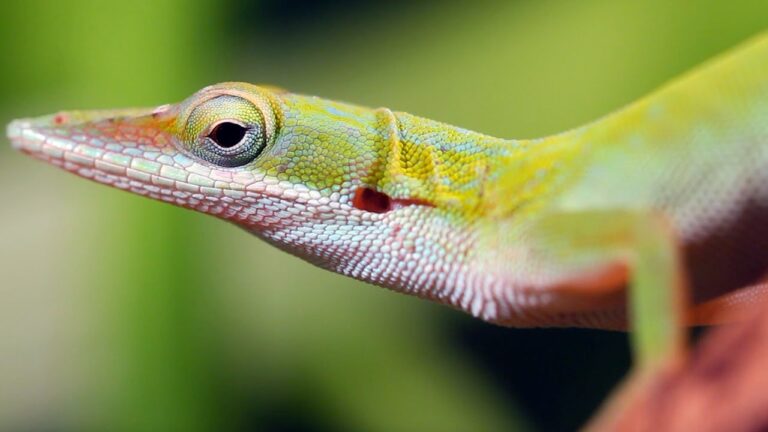
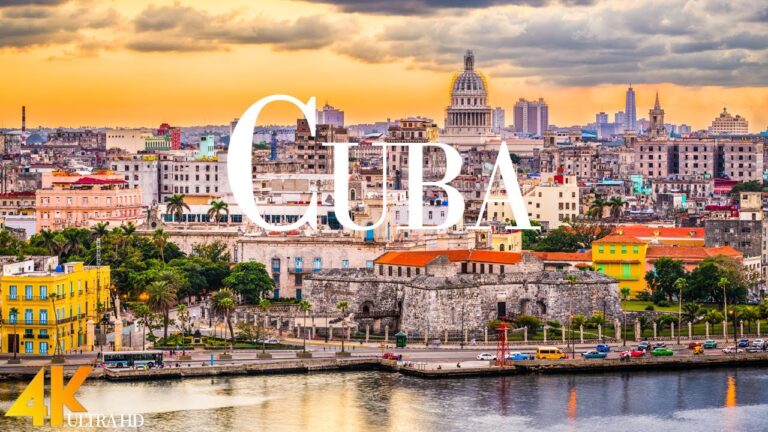

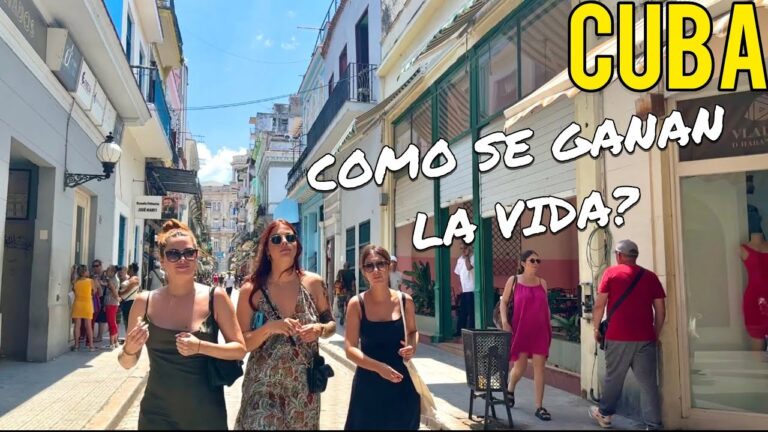
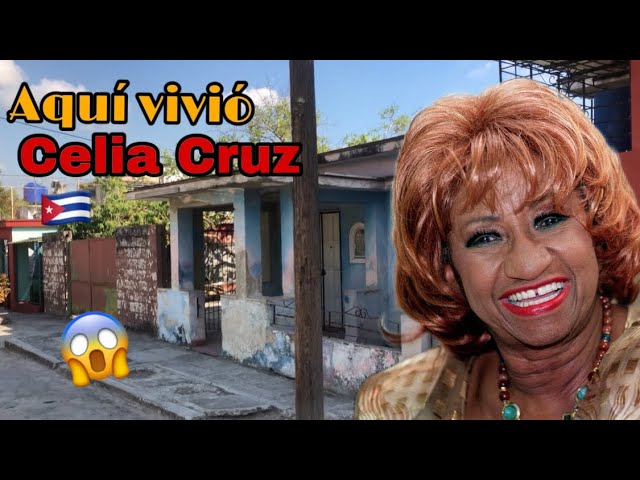
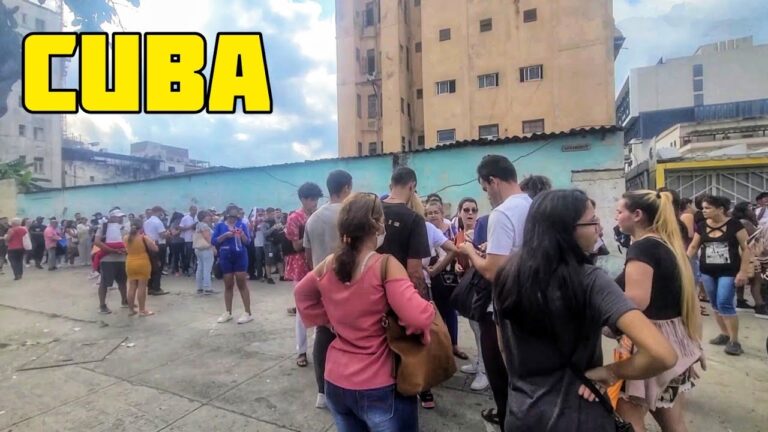
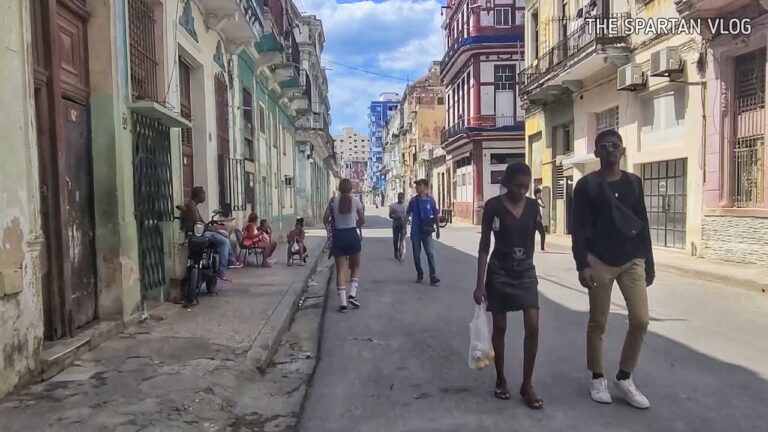
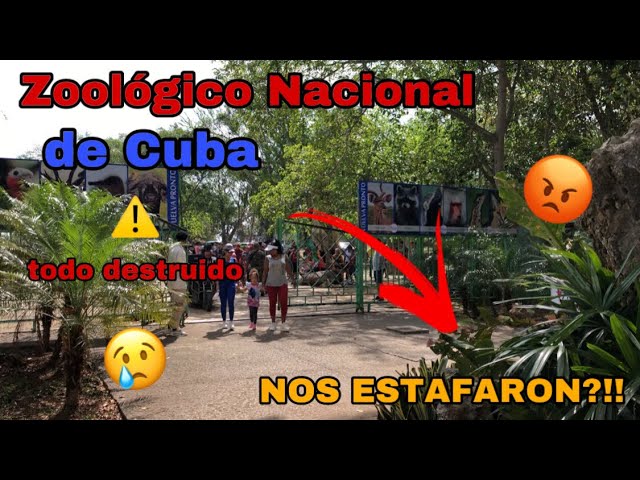
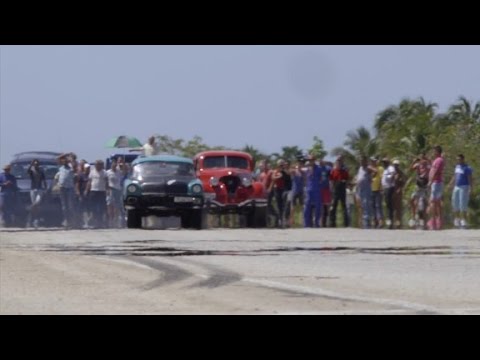
+ There are no comments
Add yours